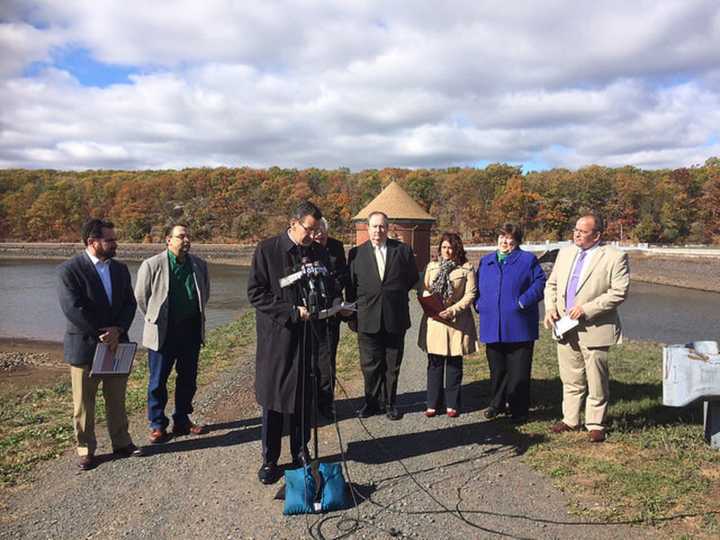The Connecticut Interagency Drought Workgroup made the decision to issue the state’s first-ever Drought Watch.
“After three years of precipitation shortfalls, we are moving to a Drought Watch and it would be extremely helpful if residents could be mindful of their water consumption and take sensible steps to help stretch our water supply,” Malloy said.
The Drought Watch applies to Fairfield, Hartford, Litchfield, Middlesex, New Haven, and Tolland counties.
The Interagency Drought Workgroup is requesting residents, businesses, and local governments in these counties to voluntarily reduce their water use by 15 percent.
This is in addition to Public Water Supply Emergencies declared in Darien, Danbury, Greenwich, New Canaan, Norwalk and Stamford as well as parts of Bethel and Ridgefield.
Paired with historically warm temperatures, precipitation in Connecticut ranged from 60 percent to 73 percent of normal conditions between June and September, Malloy said.
Drinking water reservoirs have continued to decline, and average levels statewide were at less than 80 percent of normal as of the end of September, with some reservoirs less than half full.
Residents and businesses served by public water suppliers are urged to follow any advice or requests from their supplier and municipalities, as conditions vary across the state.
The previously announced Drought Advisory that went into effect statewide in June will remain for New London and Windham counties, where residents, businesses, and local governments are asked to reduce usage by 10 percent.
Unlike a Storm Watch that is issued when bad weather is possible, a Drought Watch means that the state is already experiencing moderate to severe drought conditions.
A decision to issue a Drought Watch is based on precipitation, stream flows, groundwater levels, reservoirs status, soil moisture, vegetation, and fire danger conditions, among others.
This data is available to the public on the Interagency Drought Workgroup’s website here.
Residents and businesses supplied by groundwater wells should be aware of any local ordinances in place regarding water usage restrictions, and should conserve water to reduce the potential stress on their wells, neighboring wells, and on the environment.
To date, 20 water companies have requested voluntary conservation or imposed mandatory restrictions.
A continually updated list of these water companies is available on the Department of Public Health’s website here.
Click here to follow Daily Voice Bridgeport and receive free news updates.
